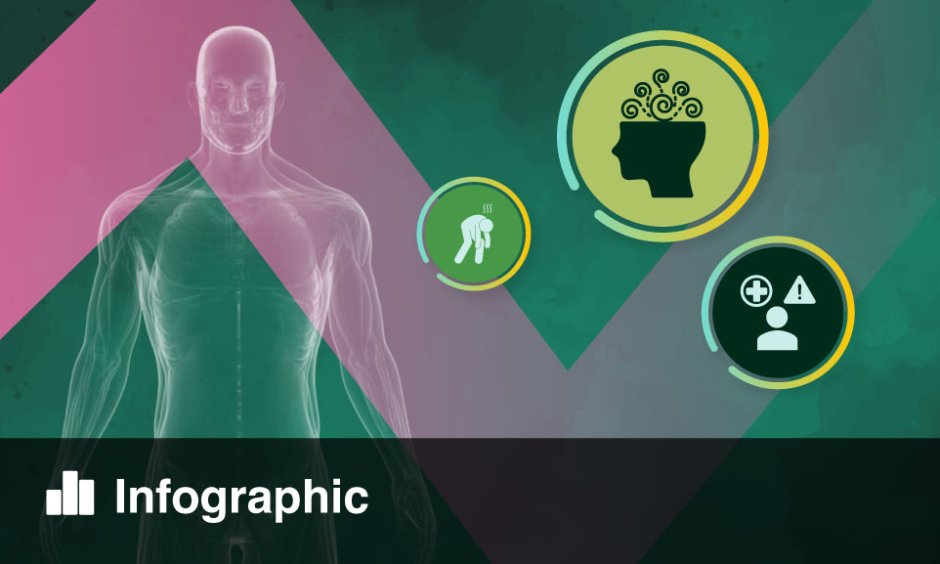THE SUCCESS of a small clinical trial using stem cells to restore the motor functions of stroke patients could have wider implications for the treatment of various brain injury-related conditions.
Researchers found that within a month following a stem cell transplantation, stroke patients exhibited signs of recovery and improvement, which continued for several months. The study involved 18 participants (average age 61 years) who had experienced their first stroke between 6 months and 3 years previously. All of the strokes resulted in some form of motor disability. Patients were given SB623 cells, modified bone marrow derived mesenchymal cells designed to improve cognitive functions, via injections administered to the areas of their brain damaged by the stroke.
Lead author of the study, Dr Gary K. Steinberg, Chairman of the Neurosurgery Department, Stanford Medical Center, Stanford, California, USA, explained that the improvements recorded within a few months of the transplants had been sustained for at least a year and more than 2 years for some patients. He emphasised the significance of the improvements: “This was not just, ‘they could not move their thumb, and now they can.’ Patients who were in wheelchairs are walking now.”
The mode of action of the transplanted SB623 cells was not fully clear to the researchers. They were surprised to find that after the injection the cells survived for around 1 month while patients continued to show improvements for several months. This lead to speculation that soon after being transplanted the SB623 cells secreted deposits near the areas of the brain damaged by the stroke. These deposits would then cause the nerve tissue to be reactivated or regenerated and restore cognitive function.
The researchers also believed that stem cells interacting with nerve tissue in this way could be used for treatment beyond the effects of a stroke and tackle other conditions resulting from brain injury. Prof Steinberg explained: “The notion was that once the brain is injured; it does not recover; you are stuck with it. But if we can figure out how to jump-start these damaged brain circuits, we can change the whole effect. We thought those brain circuits were dead. And we have learned that they are not.”
(Image: freeimages.com)







